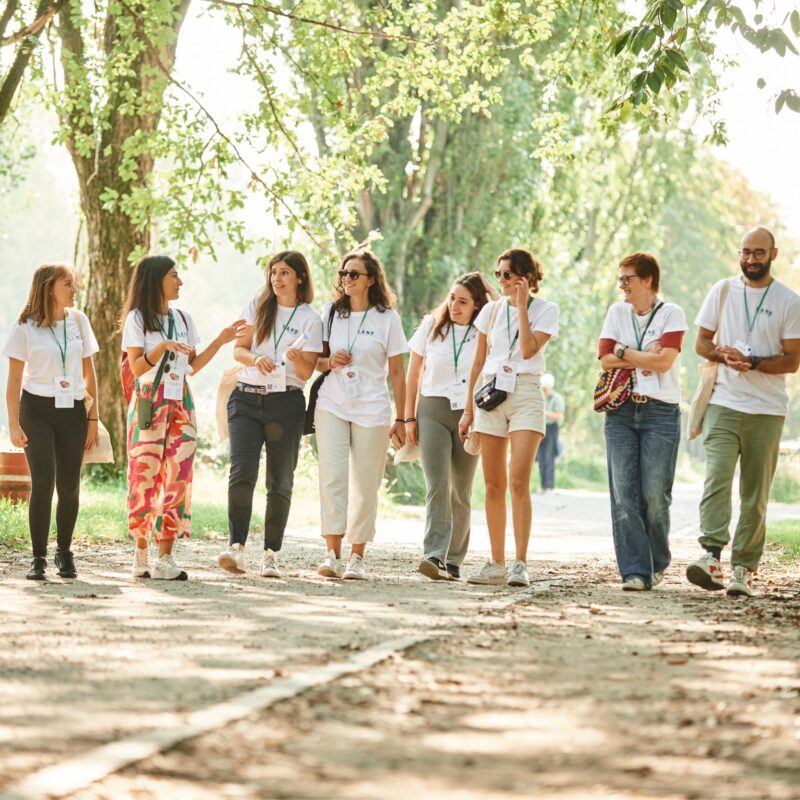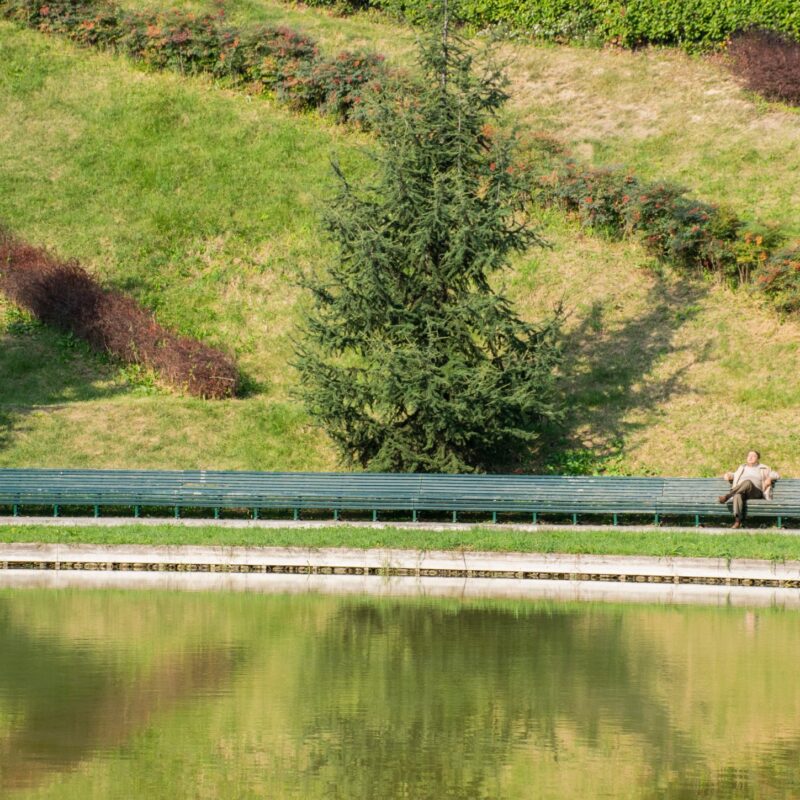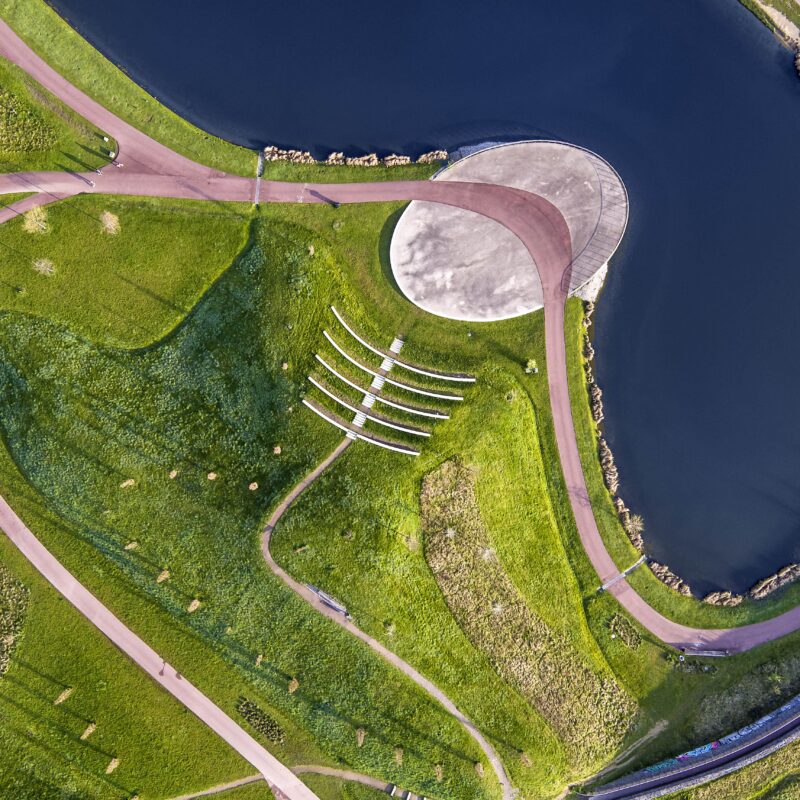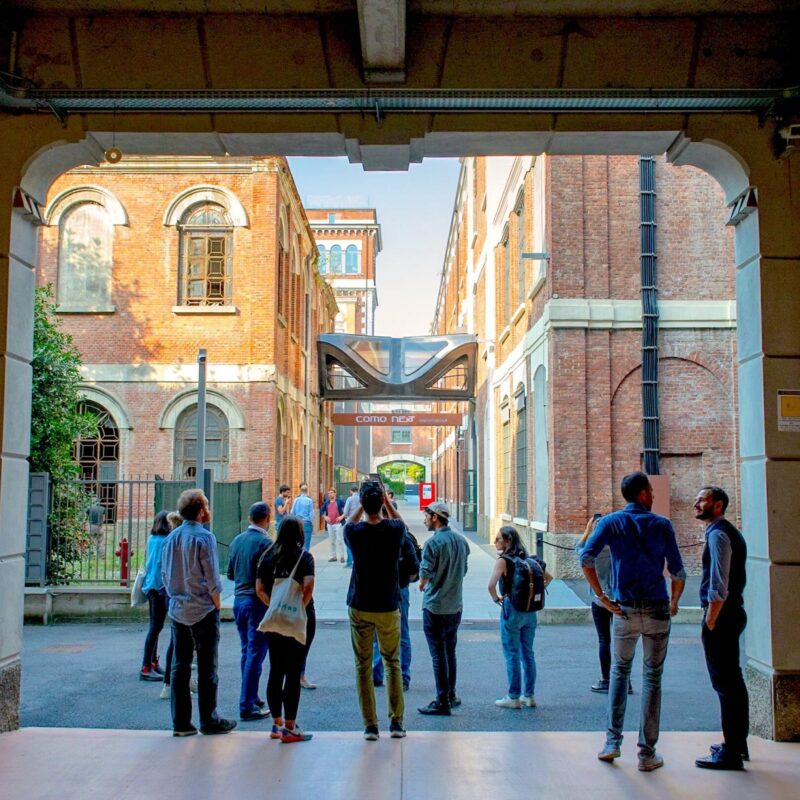
Andreas Kipar Explores Long-Term Visions for BUGA 2029 at Planning Workshop
In anticipation of BUGA 2029, which is set to transform the Upper Middle Rhine Valley, Andreas Kipar participated in the international planning workshop symposium “Two Cities, One Future!” held in Sankt Goar. The event focused on developing sustainable visions for the twin towns of Sankt Goar and Sankt Goarshausen in Germany.
Spanning 67 kilometres along the Rhine, BUGA 2029 will integrate the valley’s iconic landscapes, vineyards, and castles across four decentralised areas, drawing attention to the Rhine as the region’s lifeline under the theme “What Moves Us.” Kipar and fellow experts—including urban planners, architects, and regional development specialists Ida Bigum Nielsen, Rasmus Duong-Grunnet (Gehl People) Daan Zaandbelt, Matthias Mottmann (De Zwarte Hond), Simon Seiz, Kirsten Schomakers (Agence Ter), as well as Florian März, Prof. Dr. Martina Shakya and Dr. Wolfgang Haasch) —examined the potential of this UNESCO World Heritage Site and crafted impactful, long-term proposals to boost the region’s quality of life.

The Planning Workshop “Brücken zur Zukunft”. Image by BUGA29
Going beyond the official timeframe and scope of BUGA 2029, the proposal centres on bridging connections between people, nature, and cultural heritage under the concept of a Nature-Positive Landscape. Andreas highlighted that “landscape knows no boundaries,” emphasising the opportunity to create a lasting impact by fostering connections across both banks of the Rhine. The overarching goal is to strengthen the entire region, create a sense of unity among communities, and reconnect people with nature.
As the BUGA 2029 preparations continue, Kipar and his colleagues will refine their proposals to ensure sustainable growth and enduring benefits for the Upper Middle Rhine Valley.










